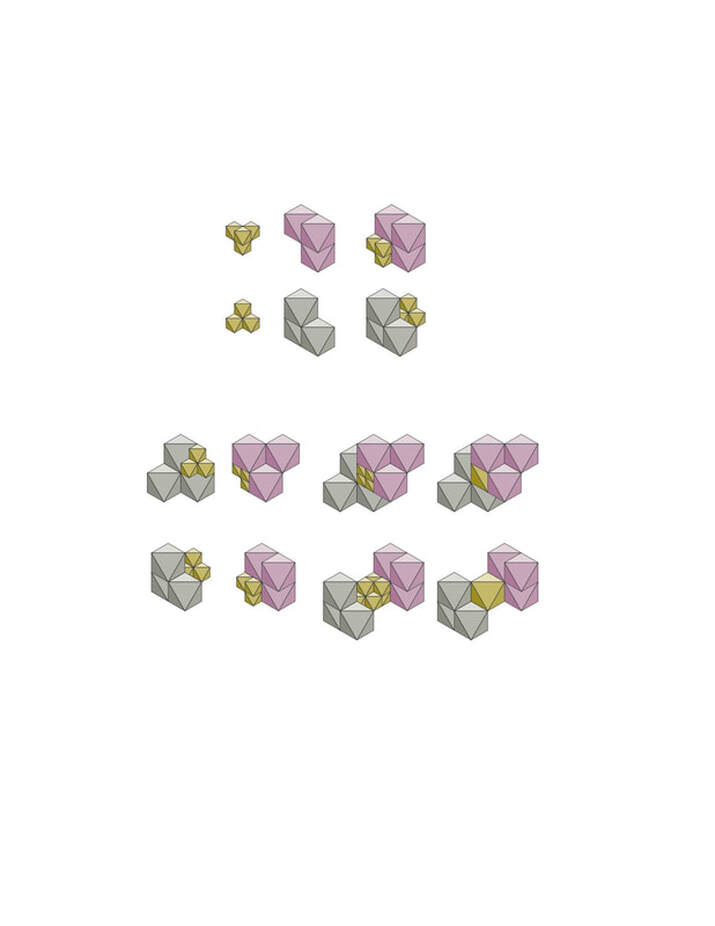| acene.pdf | |
| File Size: | 79 kb |
| File Type: | |
ACENE ATOMICLY CH2H2C
Acene is composed of CH2-groups which have the same form as the N-atom.
Each CH2 is joined by its H2 to the H2 of another CH2.
Each C-atom of a CH2 pair is cleftly joined to a C-atom of an adjacent CH2 pair in the same way as the C-atoms of the lauric chain of the lipid.
The resulting assemblies can be characterised as a pair of parallel CH2-strands that are joined by the triplet-pairings of their H2-groups.
The C6-ring, fused or otherwise, has nothing at all to do with the acene.
The inter-acene join is shown in Figure 5. The acenes are attached along their entire lengths by an edgial join between each of the C-atom
Acene is composed of CH2-groups which have the same form as the N-atom.
Each CH2 is joined by its H2 to the H2 of another CH2.
Each C-atom of a CH2 pair is cleftly joined to a C-atom of an adjacent CH2 pair in the same way as the C-atoms of the lauric chain of the lipid.
The resulting assemblies can be characterised as a pair of parallel CH2-strands that are joined by the triplet-pairings of their H2-groups.
The C6-ring, fused or otherwise, has nothing at all to do with the acene.
The inter-acene join is shown in Figure 5. The acenes are attached along their entire lengths by an edgial join between each of the C-atom

